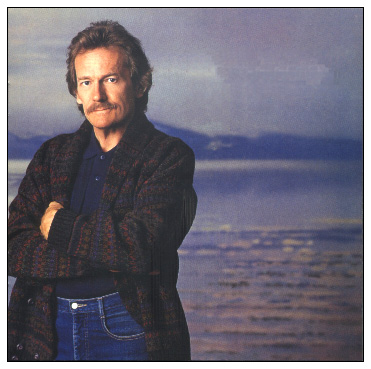- Home
- Introduction, Update Information, Links
- The Super Seventies "Classic 500"
- Readers' Favorite Seventies Albums
- Seventies Single Spotlight
- The Top 100 Seventies Singles
- Favorite Seventies Artists In The News
- Seventies Almanac - Year By Year
- Seventies Singles - Month By Month
- Seventies Albums - Month By Month
- Seventies Daily Music Chronicle
- Seventies Superstars In Their Own Words
- The Super Seventies Archives
- Seventies Trivia Quizzes & Games
- Seventies MIDI Jukebox
- The Super Seventies Bookstore
- The Super Seventies Photo Gallery
- Seventies' Greatest Album Covers
- Popular Seventies Movies & TV
- Seventies Celebrity Portrait Gallery
- Seventies Lyrics Hit Parade
- Top Seventies Artist Music Videos
- Seventies Usenet Music Forums
- Seventies Smiley Calendar
- EXTRA!
- Superseventies.com Facebook Page
- Superseventies.com Reddit Discussions
- The Super Seventies Blog
- Tweet The Seventies
- RockSite InfoBank
- Beatlefan Site
- Thanks For Your Support! / Top Sellers
- Search The Rock Site/ The Web
Gordon Lightfoot
Reprise 1369
November 1976
Billboard: #2

![]() n November 10, 1975, Lake Superior was the site of a tragedy when the Edmund Fitzgerald, an ore ship named for a popular Milwaukee civic leader, sank beneath its chilly waters, resulting in the deaths of all aboard. The story behind the tragedy inspired singer/songwriter Gordon Lightfoot, and a year later gave him his second-biggest hit.
n November 10, 1975, Lake Superior was the site of a tragedy when the Edmund Fitzgerald, an ore ship named for a popular Milwaukee civic leader, sank beneath its chilly waters, resulting in the deaths of all aboard. The story behind the tragedy inspired singer/songwriter Gordon Lightfoot, and a year later gave him his second-biggest hit.

Lightfoot signed with United Artists in 1965, and while his albums met with moderate success they didn't provide any hits for Gordon. They did, however, result in hits for Peter, Paul and Mary, who took his "For Lovin' Me" to #30, and Marty Robbins, who topped the country charts with Gordon's "Ribbon Of Darkness." Lightfoot's own chart career began in 1970, when he moved from United Artists to Reprise Records. His first release for the label, "If You Could Read My Mind," became his first Billboard Top 10 hit, peaking at #5. In 1974, Lightfoot scored his first #1 single with "Sundown," which he followed with the #10 "Carefree Highway."
"The Wreck Of The Edmund Fitzgerald" brought his songwriting full circle. Like many classic folk songs, it told a story, although somewhat hauntingly because of the fatal nature of the crash. The song also clocked in at nearly 6 1/2 minutes, but fans embraced it all the same. Entering the charts at #70, the highest debut of the week, the single rose to #2 in its 13th chart week. The song also climbed to #9 on the Adult Contemporary charts and earned songwriter Lightfoot a Grammy nomination for Song of he Year. But he lost to the Barry Manilow classic "I Write The Songs" (which one-time Beach Boy Bruce Johnston actually wrote.)
Lightfoot's next release from the album Summertime Dream , "Race Among The Ruins," sank on the charts, stalling at #65. He returned to the Top 40 in 1978 with the #33 hit "The Circle Is Small (I Can See It In Your Eyes)." His last hit, which came in 1982, was the #50 single "Baby Step Back." While absent from the pop charts, Lightfoot remained a popular live attraction on tour into his 80's. He died on May 1, 2023, after several years of failing health that began in 2002 when he suffered an abdominal aortic aneurysm and spent six weeks in a coma. He was 84.
- Christopher G. Feldman, The Billboard Book of No. 2 Singles,
Billboard, 2000.
![]() Reader's Comments
Reader's Comments
No comments so far, be the first to comment .
![]() Main Page
| Additional Singles Intro
| Singles By Month
| Seventies Almanac
| Search The RockSite/The Web
Main Page
| Additional Singles Intro
| Singles By Month
| Seventies Almanac
| Search The RockSite/The Web


